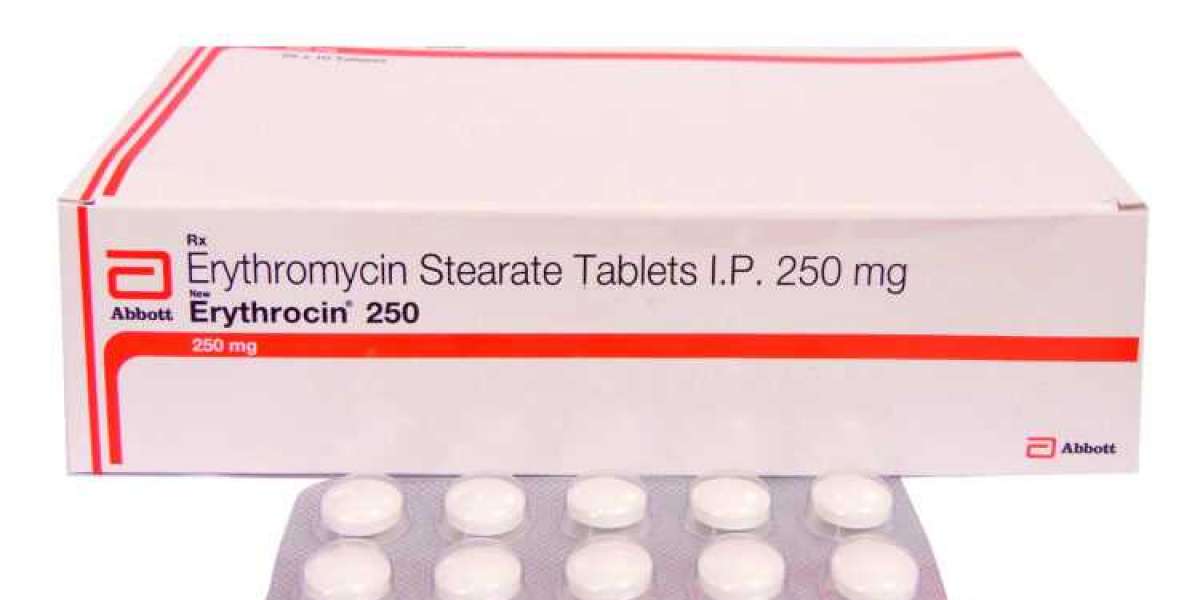Erythromycin is an antibiotic medication classified as a macrolide. It is commonly prescribed to treat various bacterial infections caused by susceptible organisms. The discovery of erythromycin dates back to the 1950s, and it is derived from Streptomyces erythreus, a bacterium found in soil.
The primary mechanism of action of erythromycin is the inhibition of bacterial protein synthesis. It specifically targets the 50S ribosomal subunit of the bacterial ribosome, which is responsible for producing proteins. By binding to the ribosome, erythromycin prevents the addition of new amino acids to developing protein chains, thereby impeding bacterial growth and reproduction.
Erythromycin exhibits efficacy against a broad spectrum of bacteria, including gram-positive species like Streptococcus, Staphylococcus, and Corynebacterium, as well as certain gram-negative bacteria such as Haemophilus influenzae and Moraxella catarrhalis. It is commonly prescribed for respiratory tract infections, skin and soft tissue infections, specific sexually transmitted infections, and other bacterial infections.
Erythromycin is available in various formulations, including oral tablets, capsules, topical creams, ointments, and eye ointments. The selection of the appropriate formulation and dosage depends on the specific condition being treated and the recommendations provided by a healthcare professional.Erythromycin 250, as an antibiotic, belongs to the macrolide class. When comparing it to other antibiotics, there are several factors to consider, including the spectrum of activity, mechanism of action, side effects, and bacterial resistance patterns. Here's a comparison of Erythromycin 250 with some commonly used antibiotics:
To ensure effective treatment and minimize the risk of antibiotic resistance, it is crucial to follow the instructions of a healthcare professional, adhere to the prescribed dosage and duration of treatment, and complete the full course of antibiotics.














